Ceylon Blue Sapphire: Gemstone and Jewelry
Gemstones have always held a special place in human history, and their intricate beauty and vibrant colors never cease to mesmerize us. One such gemstone that has stood the test of time and continues to captivate people is the Ceylon Blue Sapphire. The gemstone's illustrious history and lustrous blue hue make it a highly valued and sought-after gemstone in the world of jewelry. The aim of this article is to dive deep into the world of Ceylon Blue Sapphire, its origin, characteristics, history, quality, and significance in the jewelry industry.

Origin and Characteristics:
Ceylon Blue Sapphire, also known as Sri Lankan Blue Sapphire or simply Ceylon Sapphire, is sourced from the Ratnapura district in Sri Lanka. The gemstone belongs to the corundum mineral family, which also includes ruby, which infers that it is among the hardest minerals known to exist with a hardness of 9 out of 10 on the Mohs scale.
The gemstone's hardness also makes it highly scratch-resistant, durable, and ideal for everyday wear. In terms of color, Ceylon Blue Sapphire is predominantly blue. The shade of blue can vary, from pale blue to deep, dark blue, sometimes described as "cornflower blue." Depending on the lighting conditions, the gemstone may appear different shades of blue, adding to its allure.
The color of the gemstone is due to the presence of iron and titanium in the corundum mineral that absorbs certain wavelengths of light, giving the gemstone its unique blue color. Apart from its striking blue hue, other factors determine the quality of a Ceylon Blue Sapphire. These include factors such as clarity, cut, carat weight, and origin. A high-quality Ceylon Blue Sapphire should have minimal inclusions, be well cut, and have a substantial carat weight.

History:
The story of Ceylon Blue Sapphire goes back to ancient times, where it was highly coveted by kings and royalties. It is believed that the ancient Persians valued the gemstone for its astrological significance, believing that wearing it would endow them with good luck and blessings from the gods. Similarly, ancient Greeks believed that the gemstone could protect them from harm and evil, and affluent Romans considered it a symbol of wealth and prosperity.
During the Middle Ages, Ceylon Blue Sapphire became a popular choice for ecclesiastical jewelry, where it was used to ornament the robes of high priests and bishops. The gemstone's deep blue color was associated with the Virgin Mary, and it was believed to symbolize her purity and chastity.
In the 19th century, the British colonized Sri Lanka and made substantial efforts to mine the precious gemstone, hence cementing Sri Lanka's status as the world's leading source of fine quality sapphires. Queen Victoria was fascinated by Sri Lankan blue sapphires and is rumored to have spent great lengths of time picking and selecting exquisite sapphires to be incorporated into her royal crown. To this day, the Ceylon Blue Sapphire remains a symbol of royalty and high esteem, and it is one of the most sought-after gemstones across the world.

Quality:
The quality of Ceylon Blue Sapphire is determined by various factors. The first factor is color. A high-quality Ceylon Blue Sapphire should display an even spread of color, radiating from within the gemstone, without any zoning or color banding. Generally, the more intense and vibrant the blue color, the more highly valued the gemstone is.
The second factor that determines quality is clarity. A high-quality Ceylon Blue Sapphire should have minimal inclusions that do not interfere with the gemstone's beauty and brilliance. The inclusions should be subtle and not visible to the naked eye, and the gemstone should display excellent transparency and brilliance.
Another factor that determines the quality of a Ceylon Blue Sapphire is cut. The gemstone should be well-proportioned, with an even distribution of weight and proper symmetry. The cut should be perfect with well-defined facets to maximize the gemstone's brilliance, luster and highlight its color.
Finally, carat weight is another crucial factor that determines a Ceylon Blue Sapphire's value. Generally, larger gemstones are more highly valued, but the gemstone's size should not compromise its color, clarity, and cut. This means that a smaller gemstone with excellent color, clarity, and cut may be more valuable than a larger gemstone with poor quality.

Significance in the Jewelry Industry:
Ceylon Blue Sapphire has gained significant popularity in the jewelry industry, with renowned jewelry houses like Cartier, Bulgari, and Tiffany & Co. incorporating the gemstone into their collections. The gemstone has become increasingly popular as a choice for engagement rings and has gained a reputation for being a symbol of fidelity, loyalty, and trust - qualities essential in building long-lasting relationships.
Ceylon Blue Sapphires are also commonly used in necklaces, bracelets, earrings, and brooches and is often paired with other gemstones such as diamonds and emeralds to create striking combinations. The gemstone's versatility allows it to be used in various jewelry designs, from modern and trendy designs to elegant, classic designs suitable for formal occasions.
Another significant aspect of Ceylon Blue Sapphire's significance in the jewelry industry is its investment potential. High-quality Ceylon Blue Sapphires have a considerable resale value, and their rarity makes them an excellent investment.

Ceylon Blue Sapphire is a gemstone that has captured the world's attention for centuries, and its allure never seems to fade. From ancient kings and queens to modern-day celebrities and fashion icons, the gemstone has remained a symbol of wealth, prestige, and timeless elegance. Its unique blue hue, exceptional quality, and versatility make it a highly valued and sought-after gemstone in the world of jewelry, and its significance only continues to grow over time.




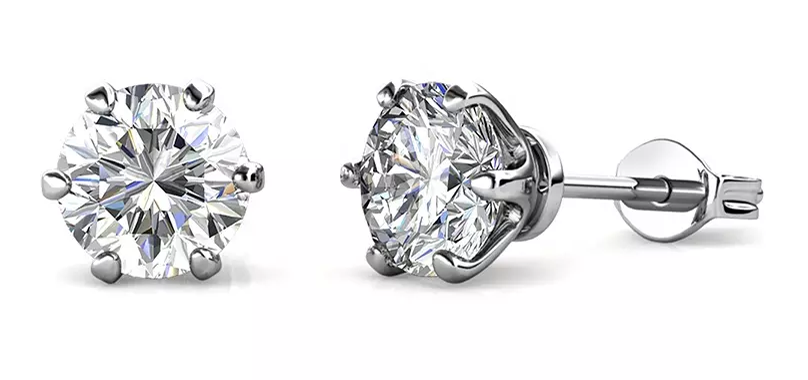
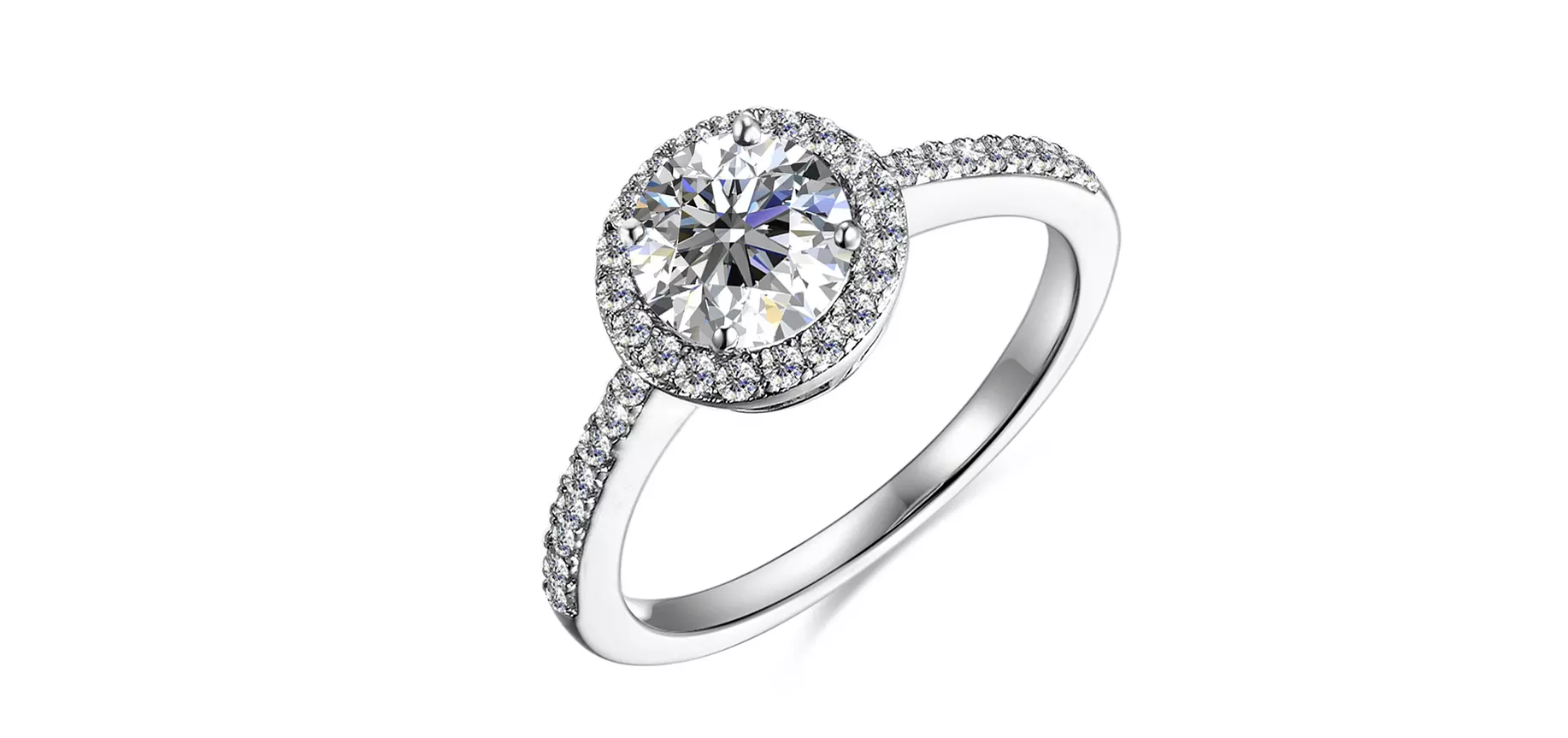
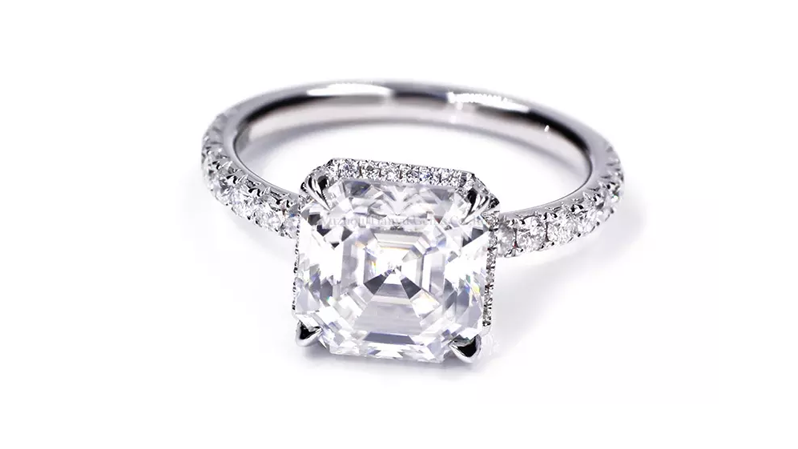
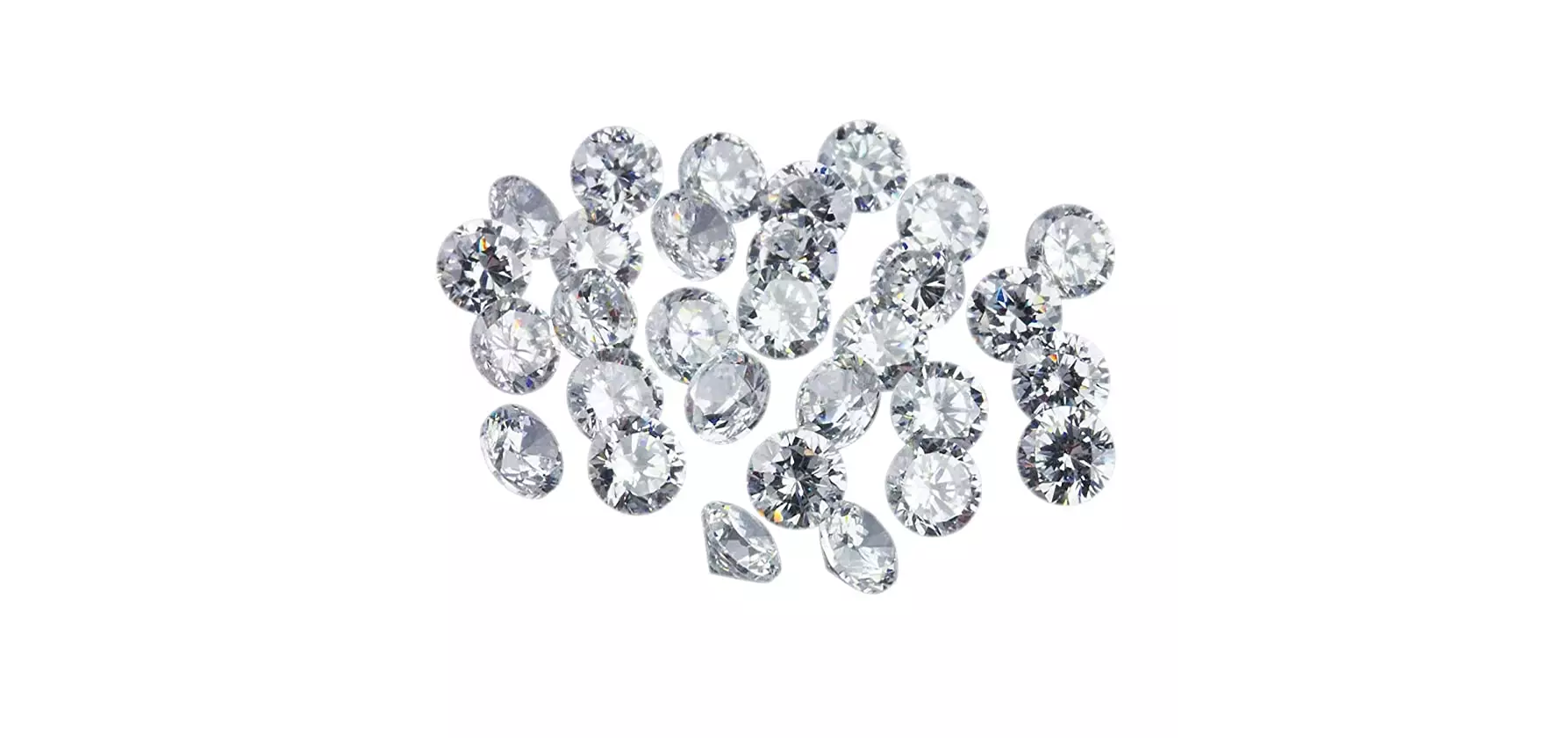
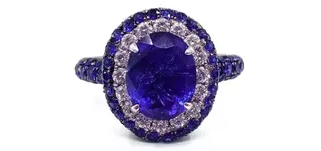
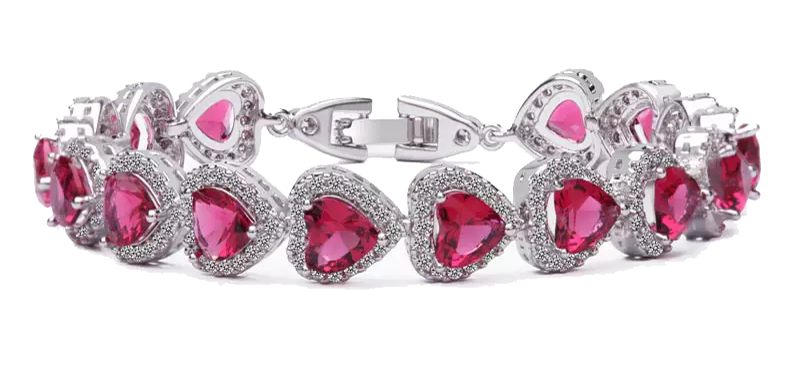
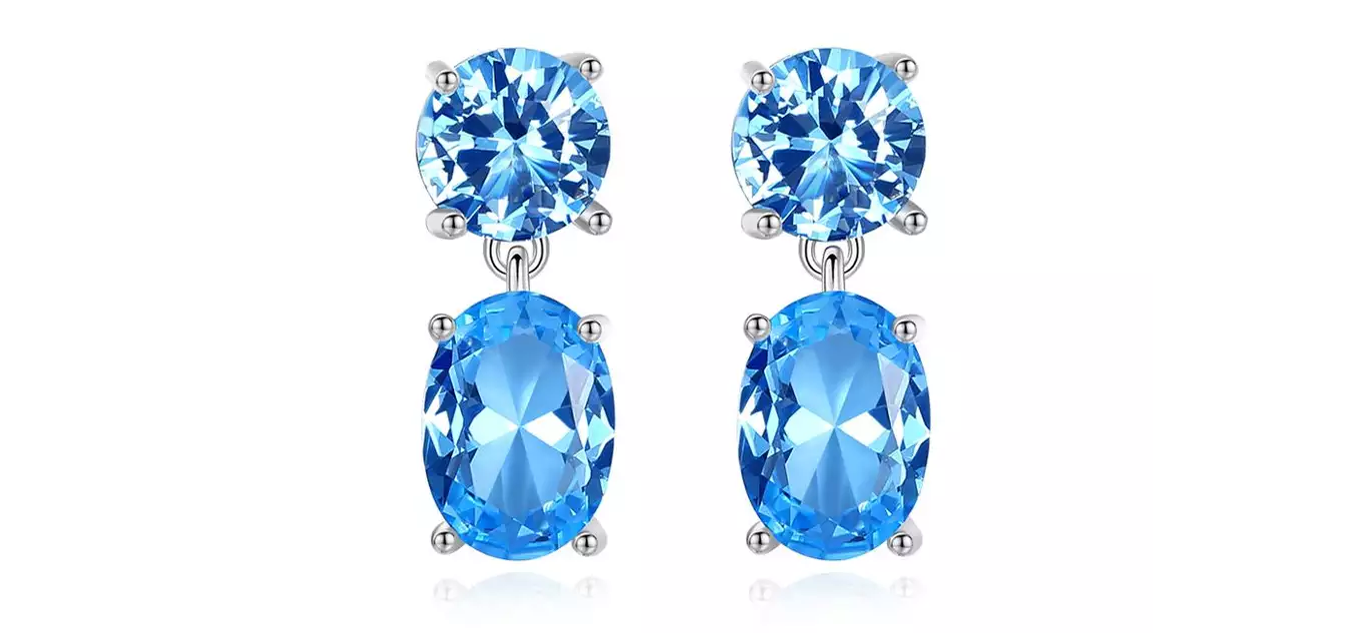
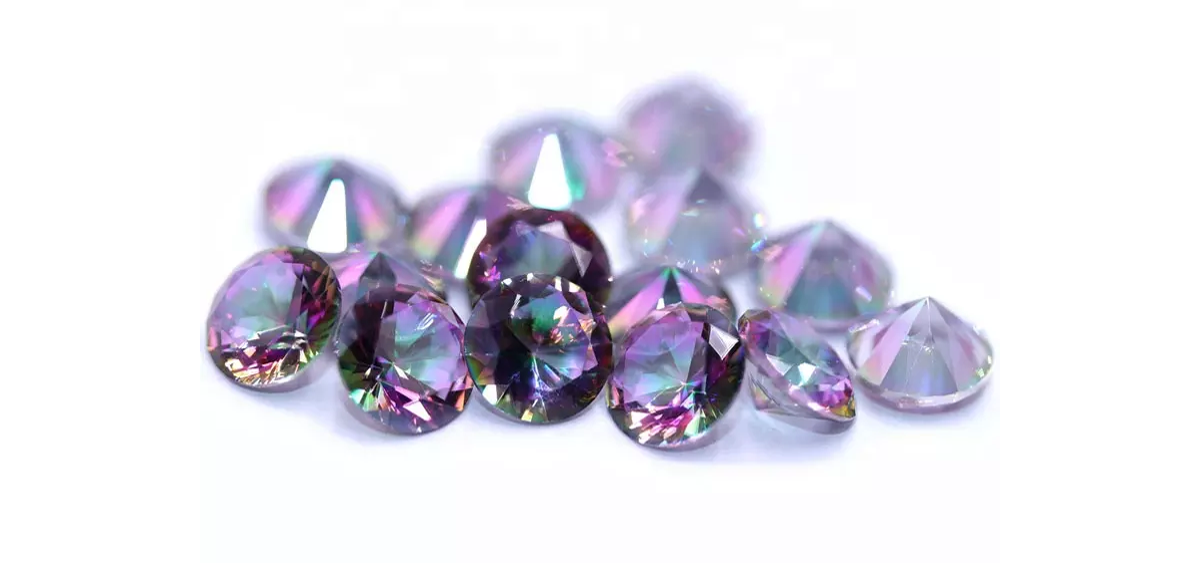
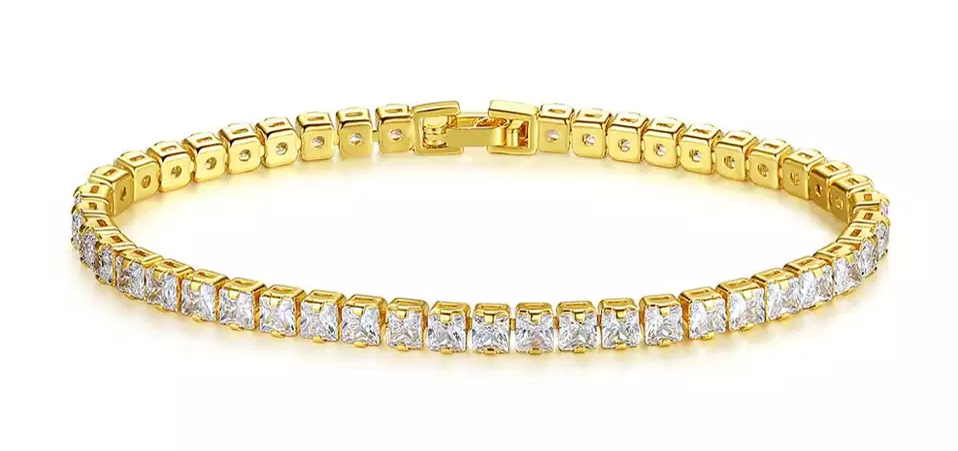
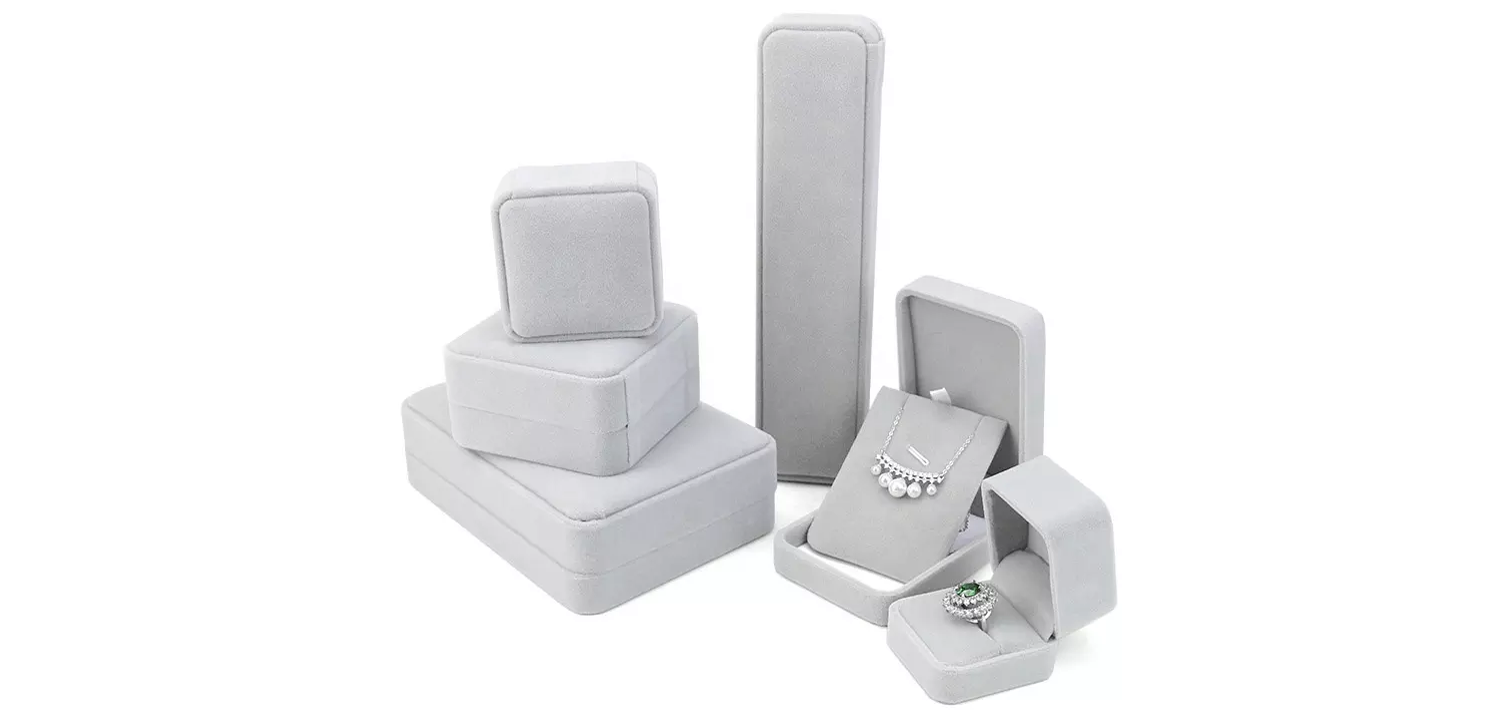
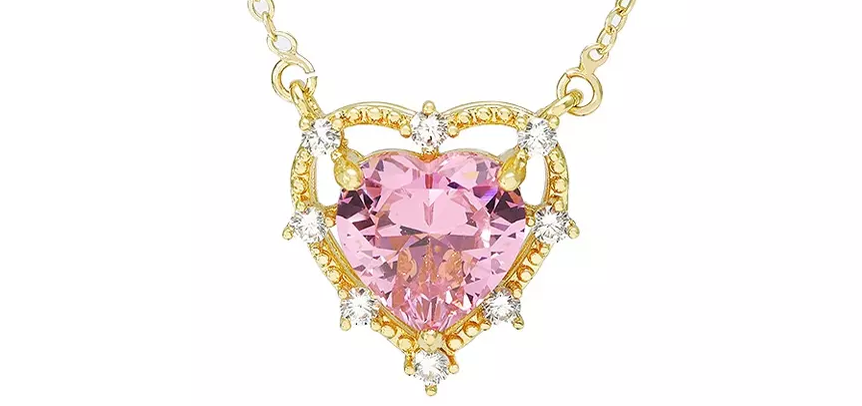

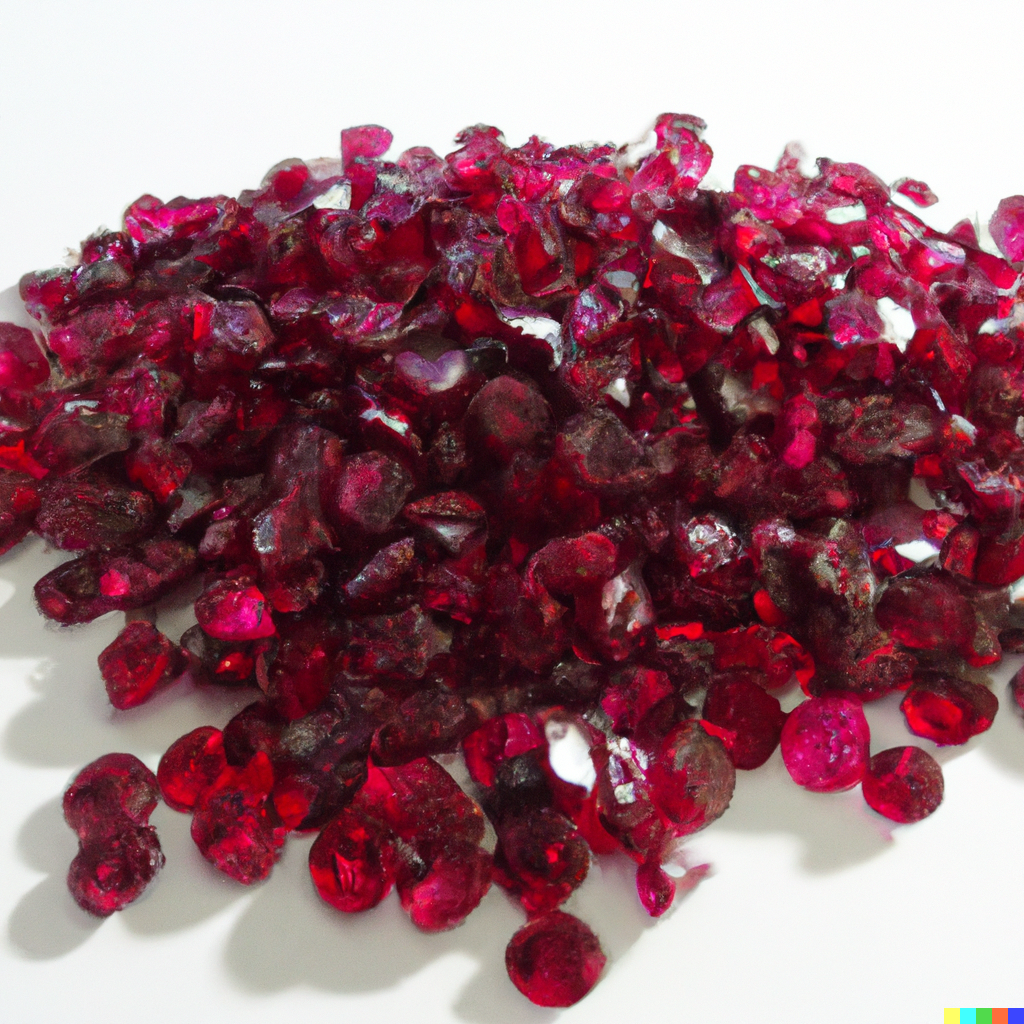
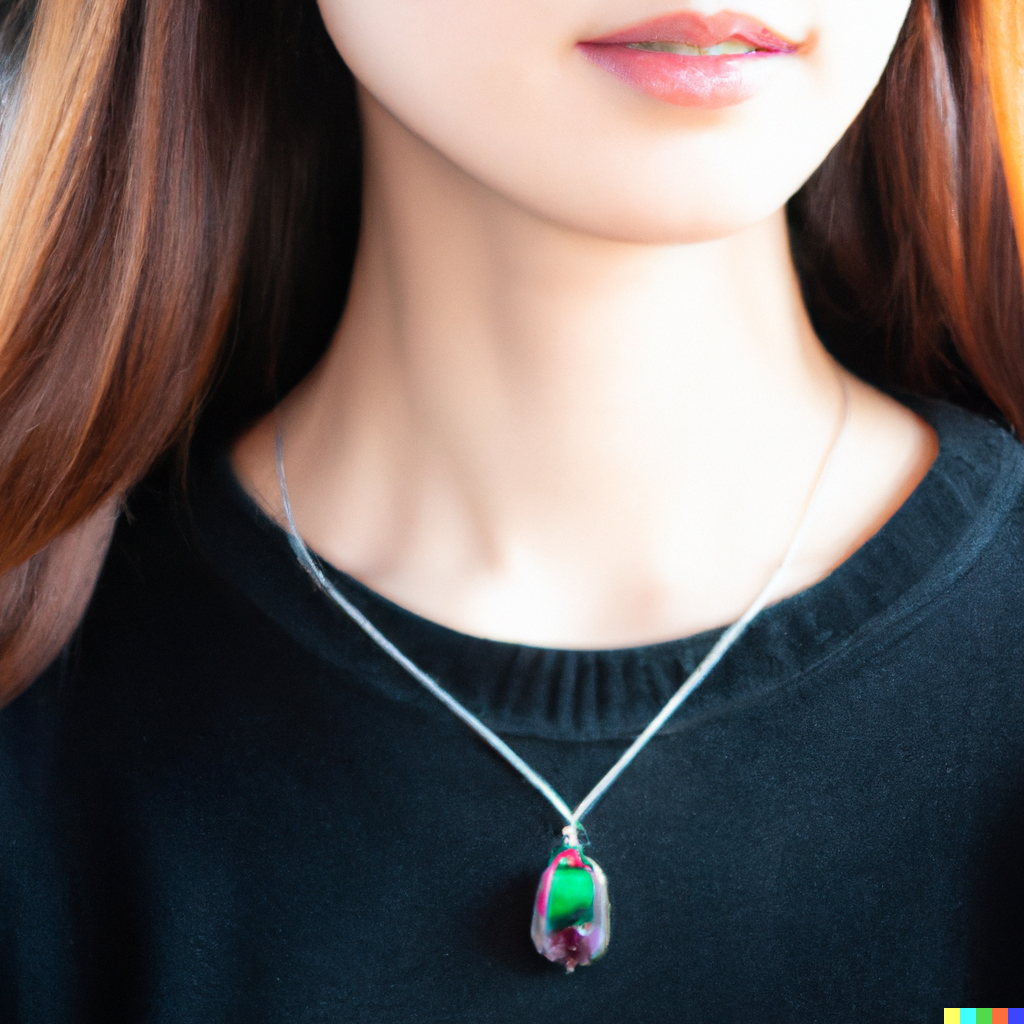
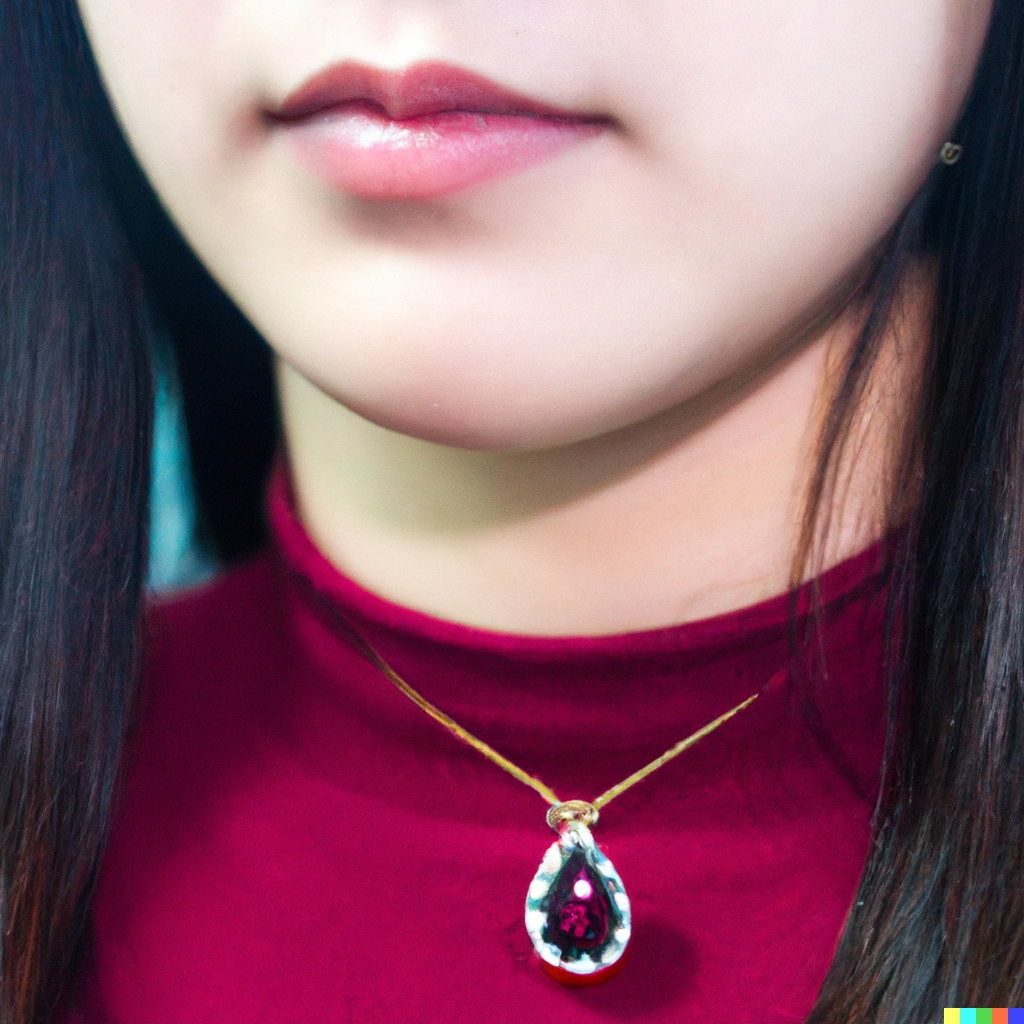
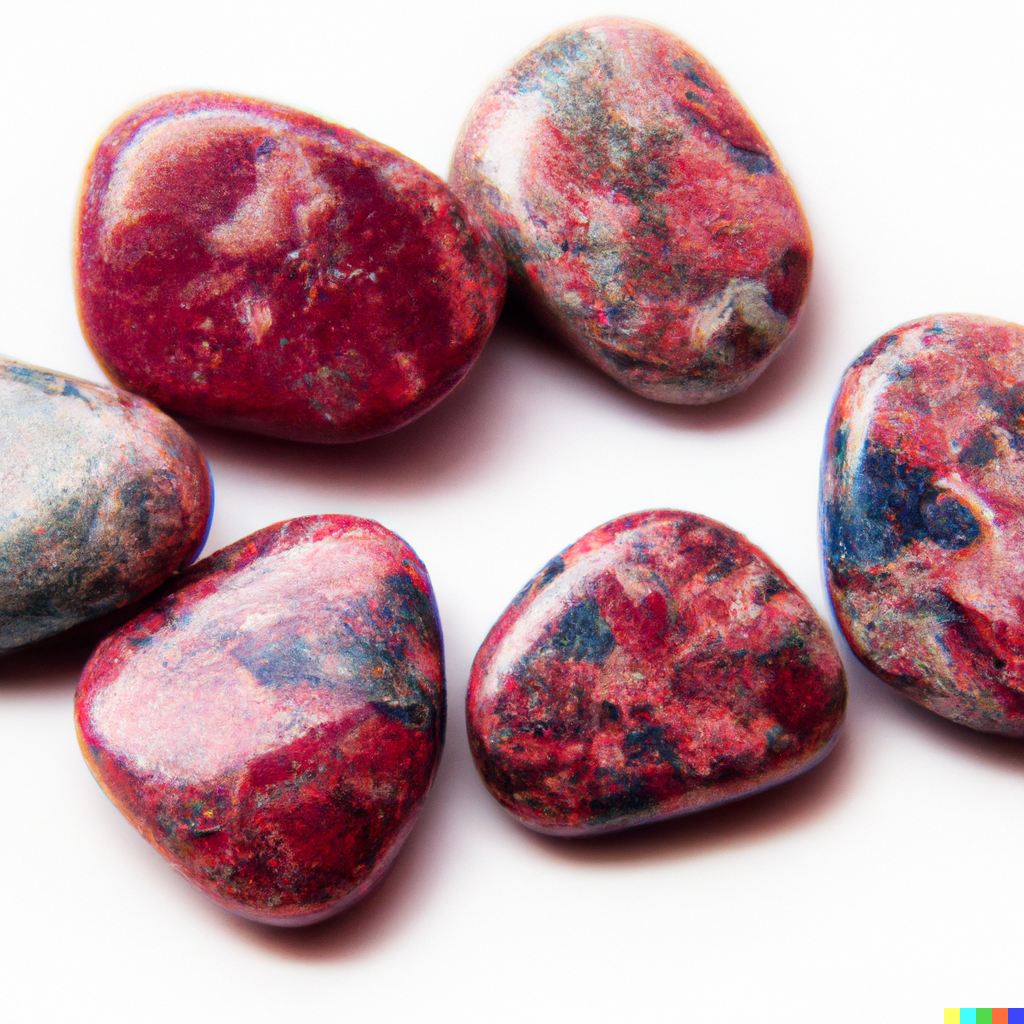
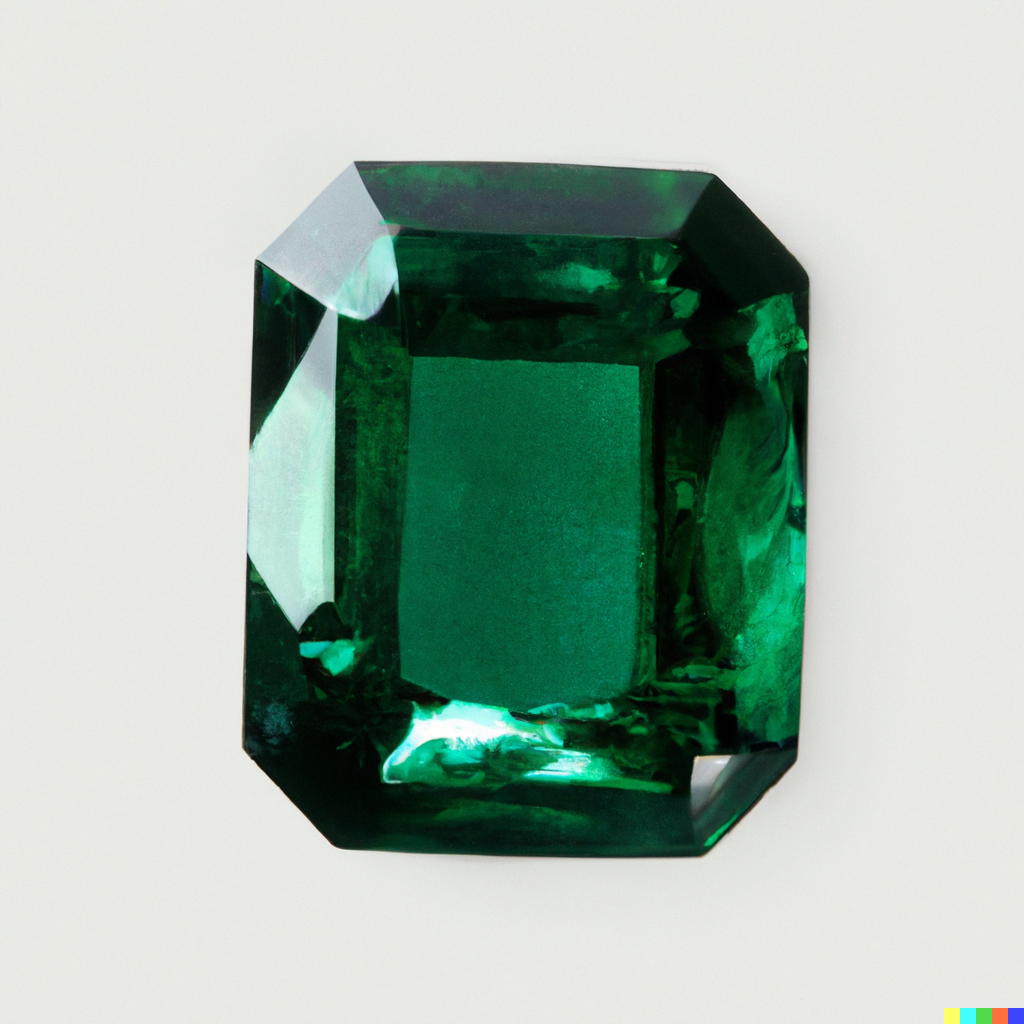
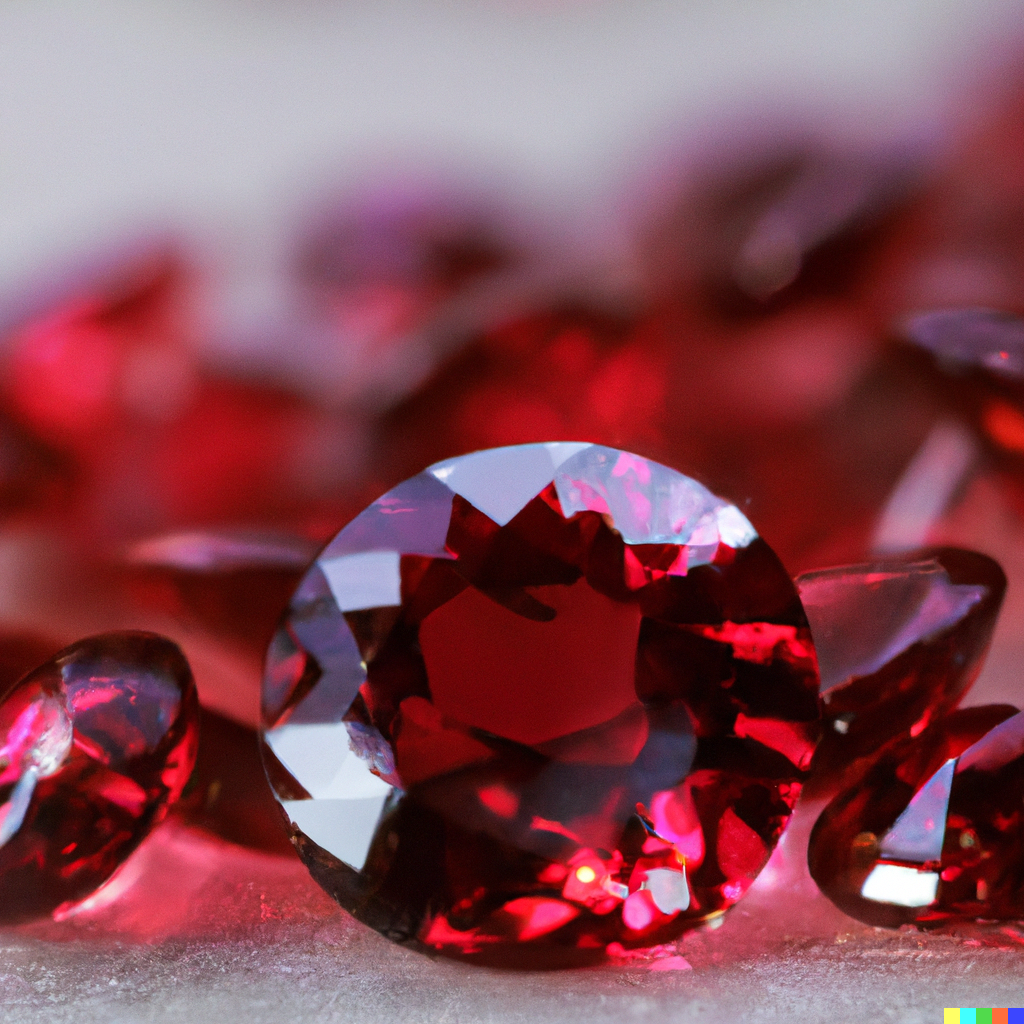
Leave a comment